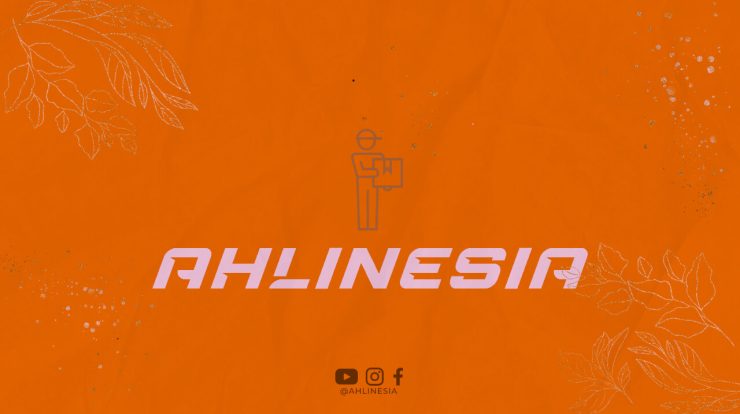
Introduction
Do you have a passion for fashion and dream of becoming a successful fashion designer in Australia? Pursuing a career in fashion requires a combination of creativity, technical skills, and industry knowledge. In this article, we will guide you through the essential steps and educational paths to follow in order to make your fashion dreams a reality.
High School Education
While there is no specific high school degree required to become a fashion designer, it is beneficial to focus on certain subjects that can lay a strong foundation for your future career. Subjects such as art, design, textiles, and sewing can provide you with valuable skills and knowledge.
Tertiary Education
Obtaining a tertiary education is highly recommended to enhance your chances of success in the competitive fashion industry. There are several pathways you can consider:
Bachelor’s Degree in Fashion Design
Pursuing a bachelor’s degree in fashion design is a popular option for aspiring fashion designers. This comprehensive program typically spans over three to four years and provides a deep understanding of design principles, garment construction, textiles, fashion history, and business aspects of the industry.
Bachelor’s Degree in Fashion Merchandising
If you are interested in the business side of the fashion industry, a bachelor’s degree in fashion merchandising might be the right choice for you. This program focuses on marketing, retail management, consumer behavior, and fashion trends.
Diploma or Certificate in Fashion Design
If you prefer a more condensed and practical approach, pursuing a diploma or certificate in fashion design can be a great option. These programs typically last for one to two years and provide hands-on training in various aspects of fashion design.
Industry Experience
While formal education is important, gaining practical experience in the fashion industry is equally crucial. Consider the following avenues to gain valuable industry exposure:
Internships
Internships with established fashion designers, fashion houses, or retail companies can provide you with invaluable hands-on experience and insights into the industry. It is an opportunity to learn from professionals and build a network of contacts.
Part-time Jobs
Working part-time in fashion retail or related fields can give you a glimpse into the day-to-day operations of the industry. It can also help you develop important skills such as customer service and trend analysis.
Personal Projects
While studying or gaining industry experience, it is essential to work on personal fashion projects. This could include creating your own designs, building a portfolio, or even starting your own fashion brand. These personal projects showcase your creativity and dedication to potential employers.
Networking
Building a strong network within the fashion industry is vital for career growth. Attend fashion events, join fashion associations, and connect with professionals through social media platforms such as LinkedIn. Networking can open doors to exciting opportunities and collaborations.
Conclusion
Becoming a successful fashion designer in Australia requires a combination of formal education, practical experience, and a strong network. Pursue a relevant tertiary education, gain industry experience through internships and part-time jobs, and work on personal projects to showcase your skills. Remember, the fashion industry is competitive, so stay dedicated, creative, and persistent in pursuing your dreams.






